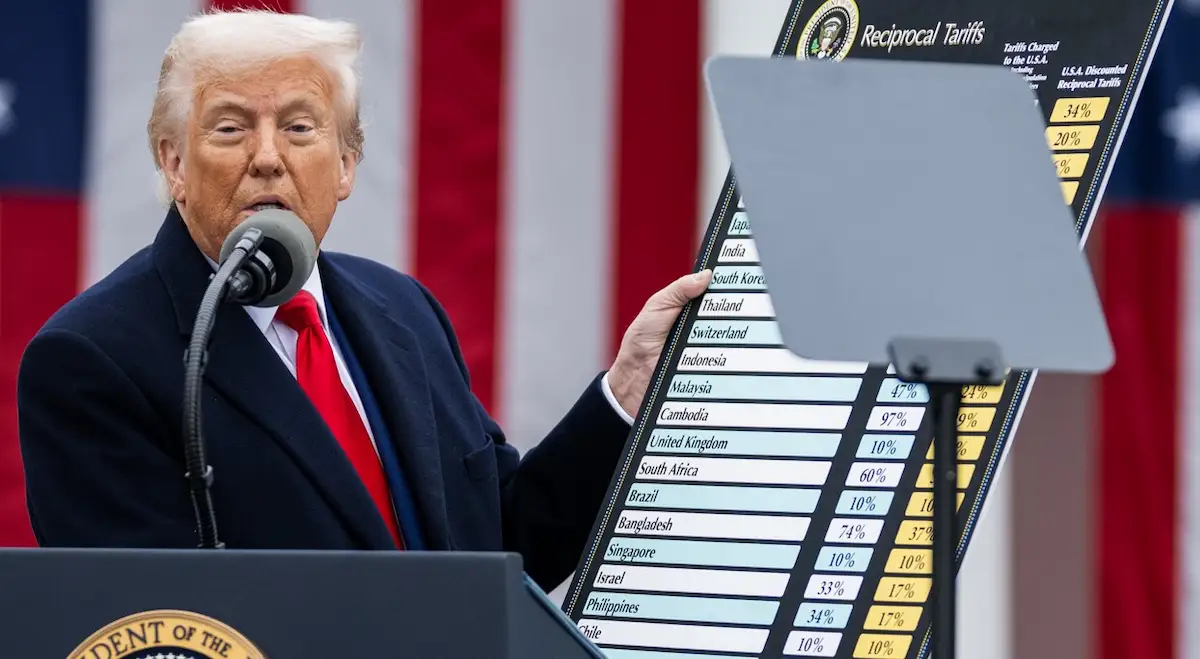Powell Tells Lawmakers the Fed Is Staying Patient
Federal Reserve Chair Jerome Powell signaled a cautious stance on interest rate policy during his testimony to Congress, citing economic uncertainty from U.S. tariffs as a key reason to hold off on immediate monetary easing.
Speaking before the House Financial Services Committee, Powell said the Fed is “well positioned to wait” for more data on how tariffs will shape inflation and growth before altering its current policy. Interest rates remain unchanged in a range of 4.25% to 4.5%.
“No Rush” to Cut Despite Market Pressure
Addressing questions about a potential rate cut as early as July, Powell noted that inflation remains relatively contained but emphasized the strength of the U.S. economy as a reason for restraint.
"If it turns out that inflation pressures do remain contained, then we will get to a place where we cut rates, sooner rather than later." — Jerome Powell, Federal Reserve Chair
While Fed officials have projected two cuts before year-end, Powell reiterated that a wide range of economic outcomes remains possible. The central bank would act if inflation slows further or if the labor market weakens. On the other hand, an uptick in inflation could delay any easing.
Inflation Forecasts Complicated by Tariffs
Despite softer recent data, Powell warned that tariff-driven price increases could distort the inflation picture. Most forecasters expect tariffs to lift prices through 2025, though the magnitude and duration of that impact remain unclear.

“Many paths are possible here,” Powell told lawmakers, noting that while some inflation measures justify a dovish shift, others suggest caution. He emphasized that the full effect of tariffs on pricing could be short-term or more lasting, depending on how embedded they become in the broader economy.
Markets React as Traders Price In Cuts
Powell’s comments drove a slight drop in Treasury yields and the dollar, with traders increasing bets on at least two rate cuts before year-end. His remarks coincided with a softer-than-expected consumer confidence reading for June, further supporting rate-cut speculation.
Fed Governors Christopher Waller and Michelle Bowman have also signaled that conditions may soon warrant a rate cut, with July floated as a possibility.
Trump Attacks Fed’s Wait-and-See Approach
President Donald Trump, a long-standing critic of Powell’s monetary policy, lashed out at the Fed Chair ahead of his congressional appearance.
"'Too Late' Jerome Powell, of the Fed, will be in Congress today in order to explain... why he is refusing to lower the Rate." — Donald Trump, via social media
Trump accused Powell of “incompetence,” arguing that the Fed is hindering the economy by keeping borrowing costs elevated. The administration has repeatedly shifted its tariff strategy, adding to the Fed’s challenge in forecasting inflation and growth trends.
Economic Picture Still Strong — For Now
Despite headwinds from tariffs, Powell described the U.S. economy and labor market as fundamentally solid. Inflation has cooled significantly from its 2022 highs but remains slightly above the Fed’s 2% target. Powell underscored that inflation expectations are still broadly in line with the Fed’s long-term goals.
He closed his remarks by noting that while recent inflation pressures may justify eventual cuts, any move must be based on forward-looking assessments rather than backward-facing data. For now, the Fed remains in a data-dependent holding pattern.
Source: Bloomberg, June 24, 2025.






